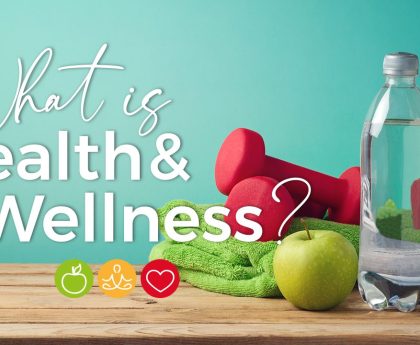What Is A Point Of Focus During Health Inspections?
In our everyday lives, we often take for granted the safety and hygiene standards upheld by a restaurant, hospital, school, or any place we visit. Behind the scenes, health inspectors play a crucial role in ensuring that these establishments follow the necessary health and safety regulations. So, in this article, we will dive deeper into what health inspections are, why they matter, the benefits they bring, and the role of technology in the inspection process.
What is a Health Inspection?
A health inspection is like a regular checkup for businesses. It ensures they follow rules to keep everyone safe and healthy. It is a visit from a health detective who looks around to make sure everything is clean and in order. These inspections happen in various places, including restaurants, hospitals, schools, swimming pools, and more.
Benefits of Health Inspections
Health inspections work as a safety net for everyone involved. These regular inspections help to identify and fix potential hazards before they become big problems. This not only keeps employees safe but also helps businesses save money on insurance by preventing accidents. You can also call it a guardian angel for workplace safety.
What is a Point of Focus During Health Inspections
During a health inspection, inspectors pay special attention to certain things to make sure everything is in shape. These key points of focus include:
1. Food Handling and Temperature Control: Inspectors watch how food is handled. They check that hands are clean, food is stored at the right temperatures, and that raw and cooked foods are kept separate.
2. Personal Hygiene and Sanitation: They check if employees are clean, wear the right clothes, and make sure the whole place is neat.
3. Structural Integrity and Maintenance: Inspectors look at the building, equipment, and tools to make sure nothing is broken or dangerous.
4. Hazardous Materials Management: They review how things like chemicalsare stored and used. They also make sure employees know how to handle them safely.
5. Employee Safety Practices: Inspectors keep an eye on how employees behave. They make sure they follow all safety rules, use protective gear, and report any problems.
The Role of Technology in Health Inspections
Just like technology has made our lives easier, it has also revolutionized health inspections. Inspectors now use gadgets like tablets and special software to make their job more efficient. These tools help them collect data, record what they see, and generate reports in real time. Devices like temperature probes ensure that food is handled and stored correctly.
Challenges in Workplace Safety
While health inspections are vital, there are some challenges. Most workplace injuries do not happen during regular work but when things go off-script. For instance, an incident in a Dorset brewery highlights the danger when older machines are brought back into use. A blocked machine led to a worker losing fingers. This shows the need for inspections to look beyond daily routines and consider ‘What If’ scenarios. Health and safety inspections often focus on what is happening now and ignore possible dangers.
Conclusion
Health inspections are about creating a culture of safety. Businesses can prevent accidents and keep their employees safe by looking ahead and considering potential risks. So, the next time you see that “Health Inspection Passed” sign, know that it is a commitment to keeping you, the employees, and the community safe and sound.



